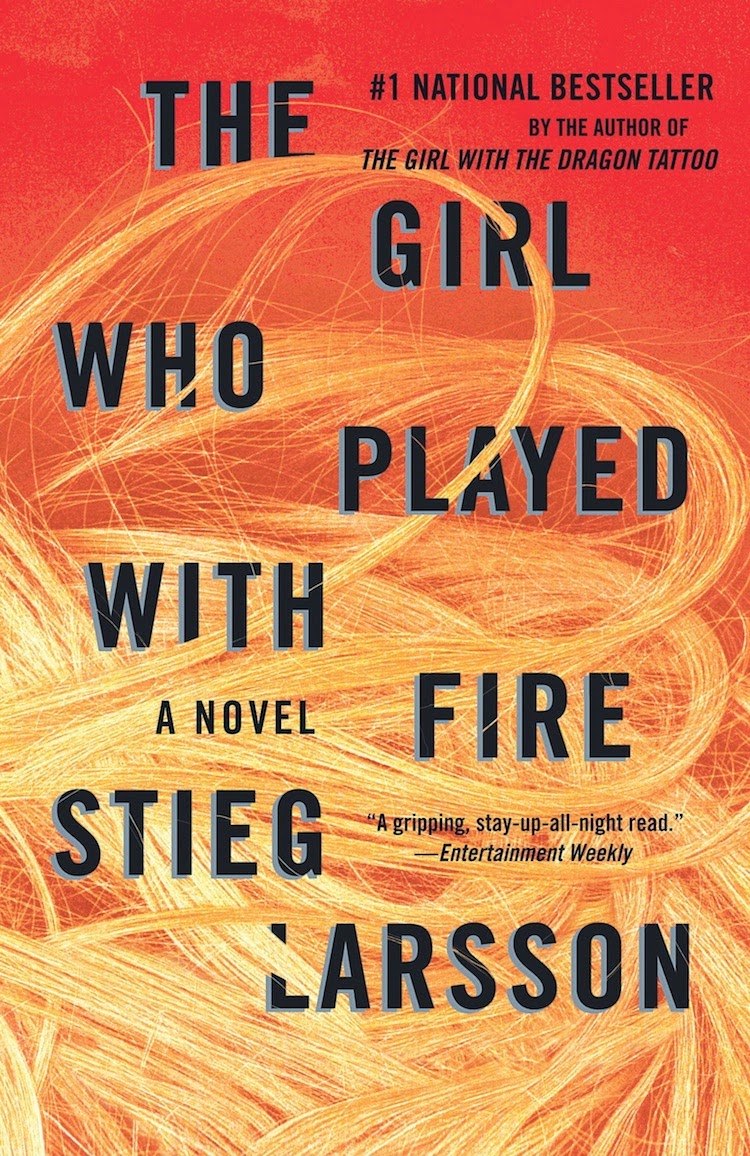 This book took me so long to get through. Sometimes I loved it. Sometimes I dreaded it. I mean, Walter Isaacson’s biography of Albert Einstein is comprehensive and often captivating, but for liberal-artsy me, the science stuff was agonizing. Because I wanted to offer you a decent review, I read the (many) physics-centric pages closely enough to get the general gist, but not, I’m afraid, a thorough understanding.
This book took me so long to get through. Sometimes I loved it. Sometimes I dreaded it. I mean, Walter Isaacson’s biography of Albert Einstein is comprehensive and often captivating, but for liberal-artsy me, the science stuff was agonizing. Because I wanted to offer you a decent review, I read the (many) physics-centric pages closely enough to get the general gist, but not, I’m afraid, a thorough understanding.
On the other hand, the chapters on his life, his family, his personality, are great. Einstein often comes off as an average schmo, which makes me love him more. I also love him more for his nonconformism and nonchalance, his maverick approach to his work, faith, and politics.
Per the author’s modus operandi, the book includes a cast of characters, extensive endnotes, and an index. He details Einstein’s childhood, education, and coming of age, his scientific pursuits, his shifting perspectives on politics and religion, but most interestingly to me, his tumultuous personal and professional relationships.
For example, it’s clear throughout the book that Einstein was generally good-humored, but he also had a special gift for making the wrong enemies. As a young adult, he sometimes thumbed his nose at the established academic leaders, provoking their uglier sentiments. Consequently, he struggled to land even a low-end academic job. Instead, he worked as an assistant in a Swiss patent office from 1902-1909. Years later, his professional relationships hadn’t improved much. He was passed over for the Nobel Prize several times due to ill will, and although he was eventually awarded the prize in 1921 after significant political maneuvering, it wasn’t for his famous relativity theories. Instead, it was for “his services to Theoretical Physics, and especially for his discovery of the law of the photoelectric effect,” an almost insulting token distinction.
Einstein’s closest personal relationships weren’t much cozier. He had a mysterious illegitimate daughter whom he quietly abandoned, a hostile first marriage, strained relationships with his two legitimate sons, and multiple affairs which he barely bothered to hide from his second wife, Elsa. He openly believed in and operated on the principle that monogamy is unnatural.
 |
| Einstein's Princeton home (from einstein-website.de) |
But in less intimate contexts, his geniality shined. My favorite anecdotes occurred at his Princeton home, where he cheerfully helped neighborhood children with their math homework, and where he brought out his violin and accompanied carolers who came to his door. He was also a press favorite. While Einstein claimed to dislike media attention, his actions demonstrated otherwise: He accepted most opportunities for publicity and sprinkled the interviews with pithy witticisms.
The description of Einstein’s intellectual evolution shows how fundamentally human he was. As he aged, he followed the same pattern of spunk-to-funk that most of us do. Early in his career, Einstein’s theories were considered audacious and rebellious, and he criticized the closed-mindedness of his scientific elders. But he himself settled into stubborn conservatism later in life, refusing to work with the hypotheses of younger physicists, especially regarding the random aspects quantum mechanics. He believed in a meticulously ordered universe designed by an inscrutably intelligent (but not personally relational) God who would not “play dice.” So Einstein sought a unified field theory until his death. He never discovered that theory, nor has anyone else. Even though his creative productivity was diminished in that pursuit, he significantly - although unintentionally - contributed toward the advancement of quantum mechanics: By arguing against it, he forced the young physicists to prove him wrong, and they did, thus strengthening their new theories.
Isaacson also demonstrates how Einstein’s sociopolitical shift followed scientific process: When presented with hard evidence that he was wrong, he changed his position. Before the war, Einstein supported pure pacifism and total disarmament, but after the Nazis came to power, and then in light of Russia’s brutal post-war policies, his stance became more mixed and unorthodox. He supported some armed defense but disdained nationalism. He favored social welfare but preached for personal responsibility. These seemingly contradictory opinions prompted criticism about his political naivete.
 |
| Einstein and his violin (from th.physik.uni-frankfurt.de) |
Einstein fervently supported intellectual freedom and was repulsed by Americans’ mindless communist witch hunts. And, in the spirit of those witch hunts, he was consequently suspected of communism. Although the FBI compiled a large dossier of allegations against him, they never found anything incriminating. But he wasn’t altogether disrespected for his politics. In 1952, the new-ish nation of Israel offered Einstein the presidency. He declined. He was a great physicist, but not a great politician or manager, and he knew it.
Einstein died of an abdominal aortic aneurysm in a Princeton hospital at age 76, but the book continues because, well, the story doesn’t end. He was cremated per his wishes, except for his brain, which was - without Einstein’s permission or his family’s - commandeered by the pathologist who performed his autopsy, sliced up, and rather indiscriminately distributed among various neurologists for what turned out to be mainly haphazard research, very little of which proved beneficial for scientific purposes. Because of the method the pathologist used to preserve the brain, DNA cannot even be extracted from it.
 |
| Walter Isaacson |
From Einstein’s birth to his traveling brain, Walter Isaacson has constructed another thorough biography - a little too thorough for my preferences this time. I can’t criticize though. Physics isn’t my passion, but it was Einstein’s, and after all, this is his story. Space-time-energy lovers will be all over this book. But if you’re more poetry-and-ice-cream like me, skim through that shiz, and eat up the descriptions of Einstein’s character - his optimism, determination, conviction, nonconformity. Celebrate his curiosity, which was his master, and he its happy servant. I wish I had passion like that.

.jpg)

























